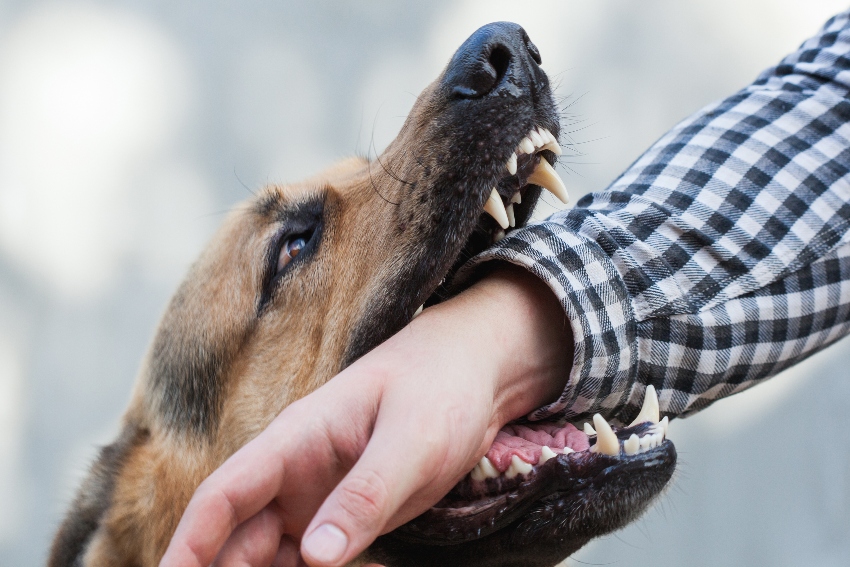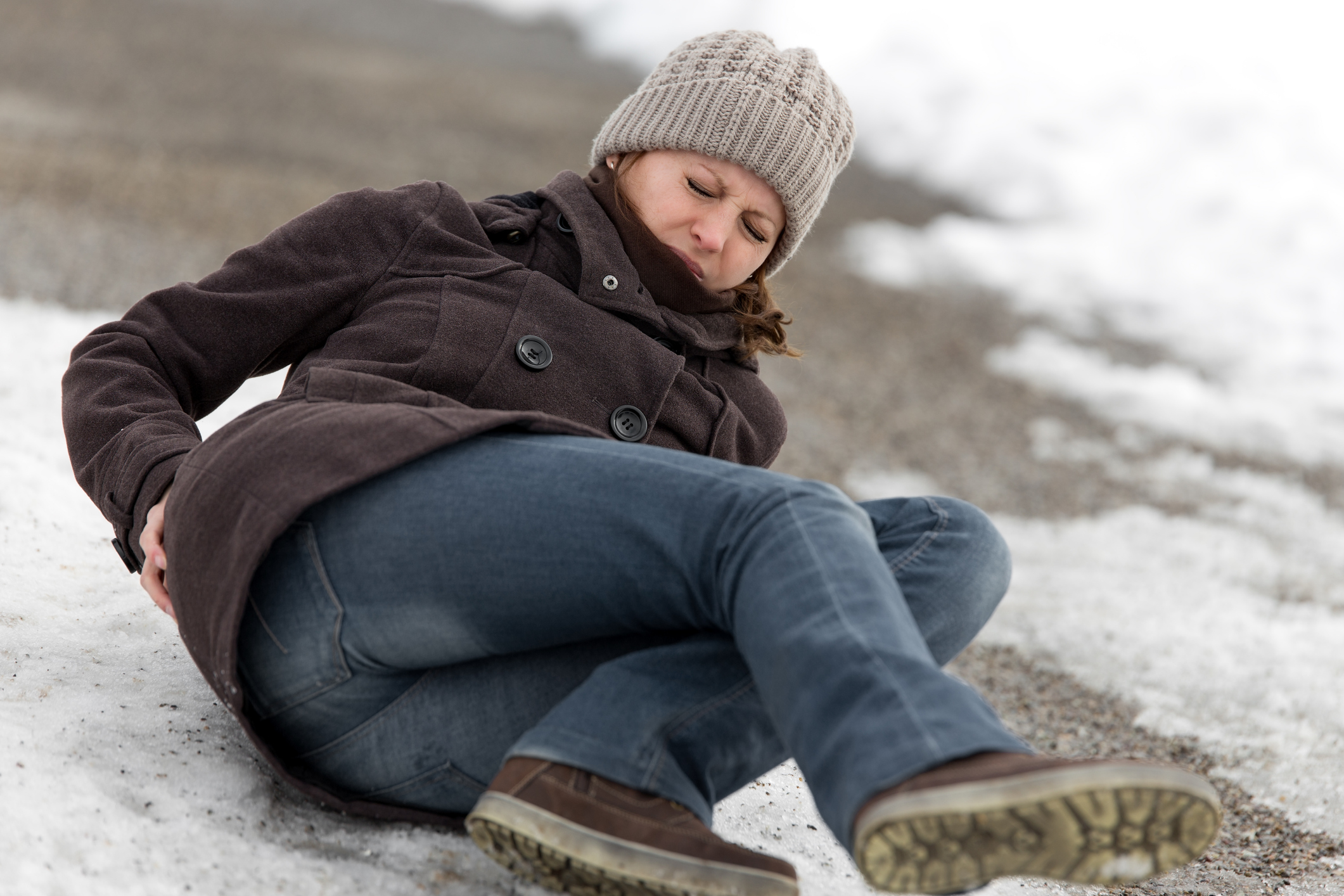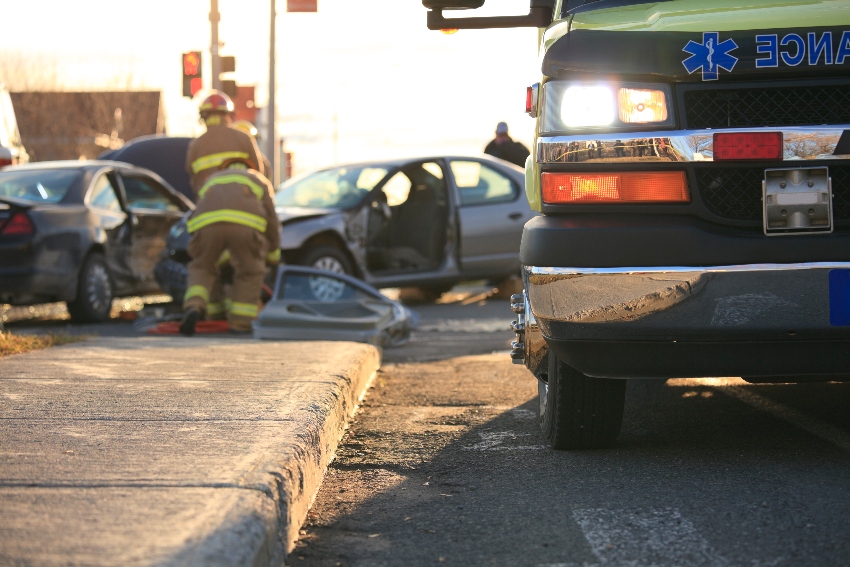Category: Personal Injuries
Personal Injury Liability Rules: Dog Bites
April 28, 2021 | Adriel B. Villarreal
According to the Centers for Disease Control and Prevention (CDC), approximately 4.7 million people are bitten by dogs each year in the U.S. Eighty-one percent of all dog bite victims are children and 10 percent of total victims require hospitalization. While the statistics are quite alarming, knowing what to do from a legal perspective if you’re bitten can help if your case goes to court. Read our blog as we discuss personal injury liability rules for dog bites. Minnesota’s dog bite law A dog bite victim may be entitled to compensation under a special statute and the doctrines of negligence under state law. The Minnesota dog bite law in Section 347.22 of the Minnesota Statutes states that an injured person can hold a dog owner liable for injuries caused by the dog if: the person was lawfully in the place where he or she was bitten – such as public property or lawfully on private property, and the person was “acting peaceably,” and the person did not provoke the dog. The law applies to any damages caused by a dog – attacks or injuries – including dog bites and other dog-related behaviors. For example, if a dog jumps on a person causing that person to fall, they could seek damages under the Minnesota…
Read MoreWhat to Know About a Slip and Fall Injury
March 25, 2021 | Barna, Guzy & Steffen, Ltd.
Each winter, Minnesotans suffer fall-related injuries as a result of dangerous weather conditions. The number of people taken to the hospital suffering fractures, broken bones, or more serious injuries increases as roads and sidewalks become covered with ice and snow. “Slip and fall” is a term used to describe a personal injury case where an individual falls, trips, or slips on another person’s property. Read on as we discuss what to know about a slip and fall injury. What is a slip and fall claim? Slip and fall cases usually fall under the umbrella of “premise liability” claims. This is where the accident occurs on property that is maintained or owned by someone else. There are many hazardous conditions that can result in a slip and fall claim. These can include poor lighting, narrow staircases, torn or damaged flooring, or a wet floor. The most common condition for these types of claims in the winter is ice and snow, or a hidden hazard like a pothole in the ground. Premise liability makes the owner of the property liable for any injuries sustained on their property. Property owners may include a homeowner, business, government agency, or an agent representing an owner like a rental company. What to do after a slip and fall accident…
Read MoreCar Accidents and Personal Injury Claims
March 18, 2021 | Barna, Guzy & Steffen, Ltd.
The aftermath of an accident can be frightening and chaotic. Know your rights if you’re involved in a car crash.
Read More

